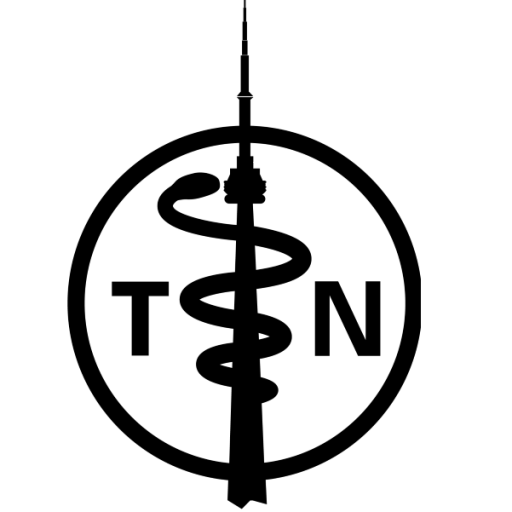OSCE Cases
- General OSCE Tips
- Head & Neck OSCE Stations
- Respirology OSCE Stations
- Cardiovascular OSCE Stations
- Gastroenterology OSCE Stations
- Peripheral Vascular OSCE Stations
- Neurology OSCE Stations
- Musculoskeletal OSCE Stations
- Psychiatry OSCE Stations
- Urology OSCE Stations
- Geriatrics OSCE Stations
- Women’s Health OSCE Stations
- Pediatrics OSCE Stations
Respirology OSCE Stations
You are seeing Mr. Smith, a 60 year old man, in your outpatient clinic today for a worsening productive cough. Take a focused history of his complaint.
History
- Onset of cough
- Worsening cough
- Sputum production and volume
- Change in sputum color
- Presence of blood in sputum
- Associated shortness of breath
- Fever
- Chest pain
- Recent respiratory illnesses
- Smoking history (quantity in pack-years)
- Other drug use
- Personal history of lung disease
- Occupational history to airborne toxins/irritants
- Infectious contacts
- Exposure to environmental allergens
- Recent travel
- TB exposure history
Physical
Inspection
- Comments on presence of central/peripheral cyanosis (frenulum, lips, fingernails)
- Comments on respiratory status – tachypnea /intercostal indrawing/accessory muscle use, etc.
- Examines for thoracic deformities
Percussion/Palpation
- Percusses all anterior and posterior fields and comments on findings
- Uses percussion to estimate diaphragmatic excursion on the posterior chest
- Assesses fremitus in all anterior and posterior fields and comments on findings
- Evaluates chest expansion using palpation
Auscultation
- Instructs patient to breathe while auscultating; listens for at least one full breath at each location of auscultation
- Auscultates both lung fields in at least 5 different locations
- Auscultates posterior fields, and asks patient to cross arms in order to shift scapulae away from the lung fields
- Comments on of breath sounds and presence of adventitious sounds, e.g. crackles and wheezes
You are seeing Mrs. Clark, a 30 year old woman, in the Emergency Department today shortness of breath. Take a focused history of his complaint.
History
- Onset and duration of shortness of breath
- Alleviating factors, including any use of puffers
- Aggravating factors, including exercise, second hand smoke, allergens
- Progression or worsening of symptoms
- Presence of nighttime symptoms
- Frequency
- Sputum production, presence of blood in sputum
- Recent cough, sore throat, myalgias and other symptoms of URTI
- Chest tightness
- Presence of fever or chills
- Recent respiratory illness
- Smoking history (quantity in pack-years)
- alcohol/drug history
- Exposure to infectious contacts
- Vaccination history – especially seasonal flu
- Exposure to environmental allergens/irritants
- Recent travel
- Effect on daily activities, including work and home life
- Exercise intolerance
- Past occurrence of such symptoms
- Personal history of asthma
- Family history of atopy (asthma, eczema, etc.)
You are about to see Mr. Singal in your outpatient clinic. He tells your nurse that he has recently noticed blood in his sputum. Take a focused history concerning his complaint.
History
- Onset, duration, frequency of hemoptysis
- Quality of hemoptysis
- Volume of hemoptysis
- Sputum production and volume
- Distinguishes from hematemesis
- Associated shortness of breath
- Fever
- Chest pain
- Associated B-Symptoms – weight loss, night sweats, chills
- Smoking history (quantity in pack-years)
- Drug use (prescription and other)
- Personal history of lung disease
- Infectious contacts
- Exposure to environmental airborne irritants
- Family history of cancer, especially lung
- TB exposure, including place of birth
- Addresses patient’s concerns as to what caused the bloody sputum
You are seeing Mrs. Muller, a 45 year old female, in the ER for a new pneumonia. Please examine the patient and comment on his chest X-ray.
Physical Examination
Inspection
- Comments on presence of central/peripheral cyanosis (frenulum, lips, fingernails)
- Inspects for clubbing
- Comments on respiratory status – tachypnea /intercostal indrawing/accessory muscle use, etc.
- Examines for thoracic deformities
Percussion/Palpation
- Percusses in all anterior and posterior fields and comments on findings.
- Uses percussion to estimate diaphragmatic excursion on posterior.
Auscultation
- Instructs patient to breathe when auscultating
- States that they would auscultate both lung fields in at least 5 different locations
- Listens to at least one full breath at each location
- Auscultates posterior fields, asking patient to cross arms in order to shift scapulae out of lung fields.
- Comments on of breath sounds and presence of adventitious sounds
Chest X-Ray
- Comment on abnormality on X-Ray
